Mushroom-Shaped Nano-Antenna for Glucose Detection
الوصف
Application A novel device for glucose sensing based on Localized Surface Plasmon Resonance (LSPR) phenomenon. The new device is mediator-free and non-enzymatic and therefore offers a promising alternative to the conventional enzyme-catalyzed electrochemical continuous glucose monitoring systems available in the market. Problem Diabetes is a prevalent disease causing high blood glucose levels. If left untreated, diabetes can cause many serious long term complications including, cardiovascular disease, stroke, chronic kidney failure, foot ulcers, and damage to the eyes. According to the International Diabetes Federation (IDF) diabetes incidence is increasing rapidly, with at least 387 million patients worldwide, which are estimated to reach 592 million patients by 2035. A primary goal for the treatment of diabetes patients is to maintain closer to normal levels of glucose in the blood for as much of time as possible through continuous monitoring and insulin injection. Portable glucometers, which measure blood glucose levels may fail to detect rapid glucose changes. The current enzyme catalyzed Continuous Glucose Monitoring (CGM) sensors have significant drawbacks, including: (1) detection errors, (2) drift over time requiring repeated calibration (2-5 times/day), (3) need for frequent replacement (every 3-5 days) and (4) intermediate reactions due to interference with ascorbic and uric acids that delay detection and give possible false signals. Therefore, there's a direct need for non-enzymatic, mediator-free detectors that provide rapid response, better stability, and allow simple non-invasive sensing. Technology Nanoparticles made up of noble metals have a strong interaction at the surface between light and matter causing a collective oscillation in the conduction electrons, which is known as Localized Surface Plasmon Resonance (LSPR). A novel nano antenna array is developed to act as an accurate and instantaneous sensor for the change in the glucose concentration of the blood. The sensor consists of a gold disk placed on top of a silica disk with the same diameter. The silica disk can be slightly radially-inward etched under the gold disk, which replicates the mushroom shape. The array is immersed inside the medium that is required to be monitored, namely glucose solution or blood. A laser pulse illuminates the nano antenna array will give rise to a reflected and refracted pulses that can be measured using spectrometers, as shown in Fig. 2. The reflected and refracted spectral responses versus frequency will be measured. The change in the refractive index of the blood due to diabetes will be felt as a shift in the resonance frequency of the reflectance and transmittance spectra.
النواحي
Advantages Relatively high value of sensitivity, higher than 3000 nm/RIU. Low fabrication cost (minimum dimension is 300 nm. Couples directly with incident light without the need for grating or fiber. Polarization insensitive.
حالة برائة الاختراع
رهن التسجيل
الحالة
فكرة
العلاقات التجارية المستهدفة
اتفاقية الترخيص
ارسل ملكيه فكريه أرسل ملاحظاتك














































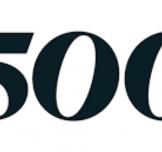
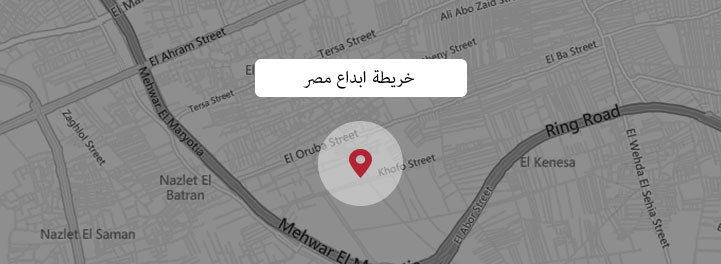



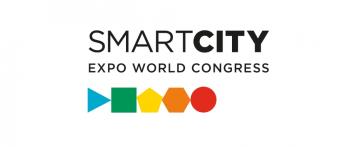
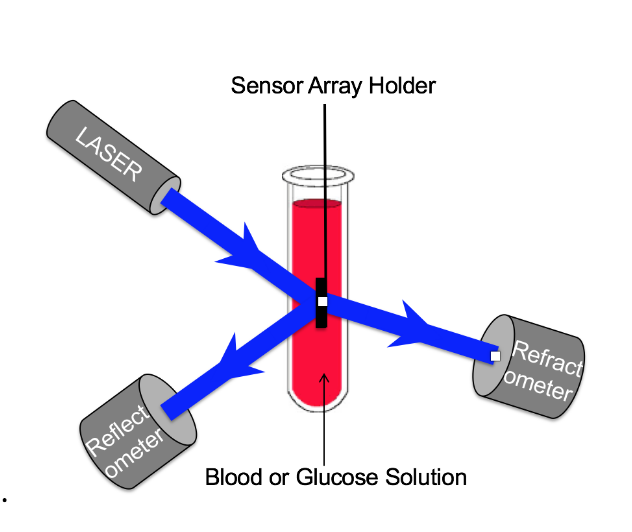


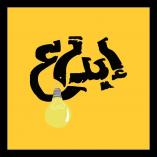










موقع إبداع مصر غير مسؤول عن مضمون التعليقات